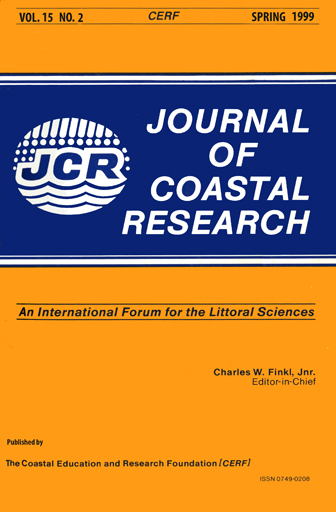Sea-level Lowstand in the Eastern Mediterranean: Late Pleistocene Coastal Terraces Offshore Northern Israel
Keywords:
Eolianites, carbonates, neotectonic, side-scan sonar, ROV.Abstract
A series of side-scan sonar surveys, seismic profiles and Remotely Operated Vehicle (ROV) observations along rocky terraces on the distal continental shelf off northern Israel encountered eolianite ridges with steep seaward escarpments and gentle landward slopes. The outcrops occur adjacent to the intersection of two major faults, trending NW-SE and NNE-SSW, and the terraces are a combination of terrigenous eolianites with carbonate biogenic overgrowths. Their lithology indicates that their depositional environment was coastal dunes, and their morphology was probably shaped by shore abrasion. This suggests that they formed in the coastal zone, when sea level was at least 100 m lower than the present. The depth of the terraces suggests correlation with the low sea-level stand of the latest Pleistocene (isotope stage 2). Since the eolianites at the distal shelf edge of Israel are commonly buried under recent sediments, the outcropping of the submerged lowstand shoreline at the intersection of two regional faults indicates tectonic activity along the faults off northern Israel during the Holocene. These terrace s correlate with similar features produced worldwide at the late Pleistocene lowstand.


